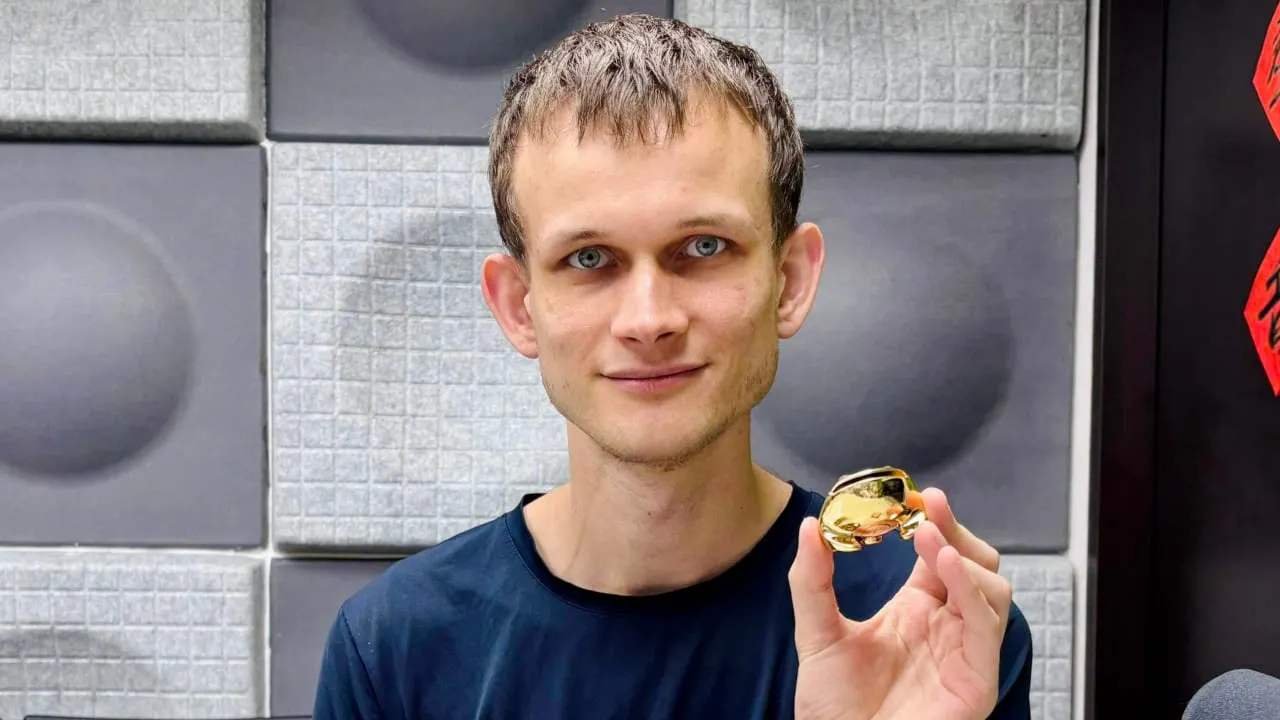In a new blog post, Ethereum co-founder Vitalik Buterin addressed risks to the layer-1 blockchain due to potential centralization in its proof-of-stake (PoS) consensus mechanism.
In the post dated October 20, Buterin discussed the third of several “Possible futures of the Ethereum protocol,” which he dubbed “The Scourge.” Buterin warned that economic pressures could allow large stakers to dominate the network, increasing the risk of 51% attacks, transaction censorship, and unfair value extraction from users.
Possible futures of the Ethereum protocol, part 3: The Scourgehttps://t.co/mtzH1ZxTak
(I tried my best to be fair to all sides of the debates here!)
— vitalik.eth (@VitalikButerin) October 20, 2024
Noting in a tweet that "I tried my best to be fair to all sides of the debates here!" Buterin identified two main areas of concern: block construction and staking capital provision. Block construction is the section and ordering of transactions to create new blocks to be included in the blockchain. Staking capital provision refers to the supply of ETH for staking on the network.
Large entities can afford sophisticated maximal extractable value (MEV) algorithms. This gives them higher revenue per block and places pressure on small stakers to join large pools.
Additionally, big players can offer liquid staking tokens to ease the inconvenience of locked-up capital. But smaller stakers can’t compete on that front. To address these issues, Buterin proposed solutions like committee inclusion lists to distribute transaction selection more evenly among validators, reducing block construction centralization.
Dividing the roles
Buterin discussed concepts including Proposer-Builder Separation (PBS) and Attester-Proposer Separation (APS) to separate roles in block production, minimizing economies of scale advantages for larger actors.
Proposers are validators who assemble and propose new blocks for addition to the blockchain, while builders are specialized entities that construct blocks by selecting and ordering transactions. Last but not least, attesters are validators who verify and attest to the validity of proposed blocks.
PBS is a mechanism that would see validators delegate the task of constructing blocks to specialized builders. This separation aims to reduce centralization by distributing responsibilities and minimizing the advantages of scale.
APS further divides roles by separating attesting from proposing. Validators either attest to blocks or propose them, which helps reduce centralization incentives among validators by limiting economies of scale.
Buterin emphasized the importance of encrypted mempools—temporary storage where unconfirmed transactions are held until they are included in blocks and finalized—in order to prevent transaction manipulation by builders.
Buterin also suggested adjusting Ethereum's issuance curve to make staking less attractive when excessive amounts of Ether are staked. This would be a step towards preventing over-concentration.
Introducing two-tier staking models with risk-bearing and risk-free tiers could further distribute participation and reduce centralization. The risk-bearing tier involves stakers who can be penalized (slashed) for misbehavior but earn higher rewards.
The risk-free tier offers lower rewards without the risk of slashing, allowing more participants to stake safely and helping to reduce centralization. The risk-bearing tier would be limited in the number of ETH that could be stacked, while the risk-free tier would not.
Buterin also proposed making MEV revenue transparent and capturing it at the protocol level, in a bid to reduce incentives for centralized MEV extraction and ensure fair value distribution among participants.
The post follows Buterin recently publishing the second part of his series on Ethereum’s future roadmap, in which he detailed how to increase the blockchain's capacity to handle over 100,000 transactions per second.
Buterin’s proposal, “The Surge,” would be achieved using layer-2 scaling solutions while purportedly ensuring Ethereum remains decentralized and secure.

